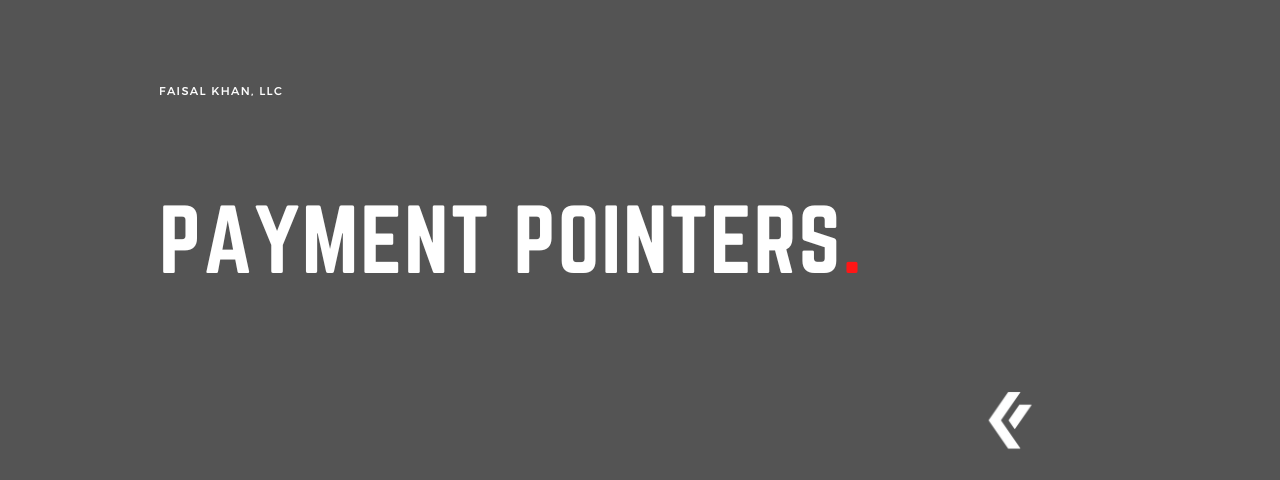Web Monetization is a way for web content creators to receive payment for their work in a standardized way. It’s kind of like a subscription service, but instead of paying a flat fee to access all of the content on a site, you can pay a small amount of money each time you access a piece of content. This makes it easier for creators to get paid for their work, and it also makes it more convenient for users to pay for content, since they don’t have to sign up for a separate service or enter their payment information every time they want to access something.
A payment pointer is a special kind of web address (also known as a URI or URL) that tells your web browser or wallet where to send the payment when you want to access monetized content. It looks like a regular web address, but instead of starting with “http” or “https,” it starts with ” pay:” Payment pointers contain information about the payment service provider (PSP) that will handle the payment, as well as the account number of the person or organization that is receiving the payment.
When you visit a web page that has implemented the Web Monetization API, your web browser or wallet will automatically check to see if there is a payment pointer on the page. If there is, it will send a payment request to the PSP specified in the payment pointer, along with the amount of money that the content creator has requested. The PSP will then process the payment and send a confirmation back to your browser or wallet. Once your browser or wallet receives the confirmation, it will send a message back to the web page, telling it that the payment has been made. This will allow you to access the monetized content.
—
This page was last updated on June 27, 2023.
–

